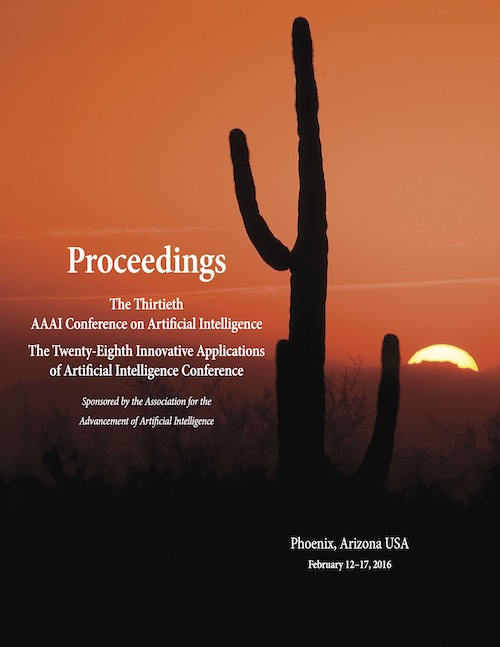Deploying PAWS to Combat Poaching: Game-Theoretic Patrolling in Areas with Complex Terrain (Demonstration)
DOI:
https://doi.org/10.1609/aaai.v30i1.9824Keywords:
Game Theory, Computational Sustainability, Wildlife Protection, Security Games, Deployed ApplicationAbstract
The conservation of key wildlife species such as tigers and elephants are threatened by poaching activities. In many conservation areas, foot patrols are conducted to prevent poaching but they may not be well-planned to make the best use of the limited patrolling resources. While prior work has introduced PAWS (Protection Assistant for Wildlife Security) as a game-theoretic decision aid to design effective foot patrol strategies to protect wildlife, the patrol routes generated by PAWS may be difficult to follow in areas with complex terrain. Subsequent research has worked on the significant evolution of PAWS, from an emerging application to a regularly deployed software. A key advance of the deployed version of PAWS is that it incorporates the complex terrain information and generates a strategy consisting of easy-to-follow routes. In this demonstration, we provide 1) a video introducing the PAWS system; 2) an interactive visualization of the patrol routes generated by PAWS in an example area with complex terrain; and 3) a machine-human competition in designing patrol strategy given complex terrain and animal distribution.

